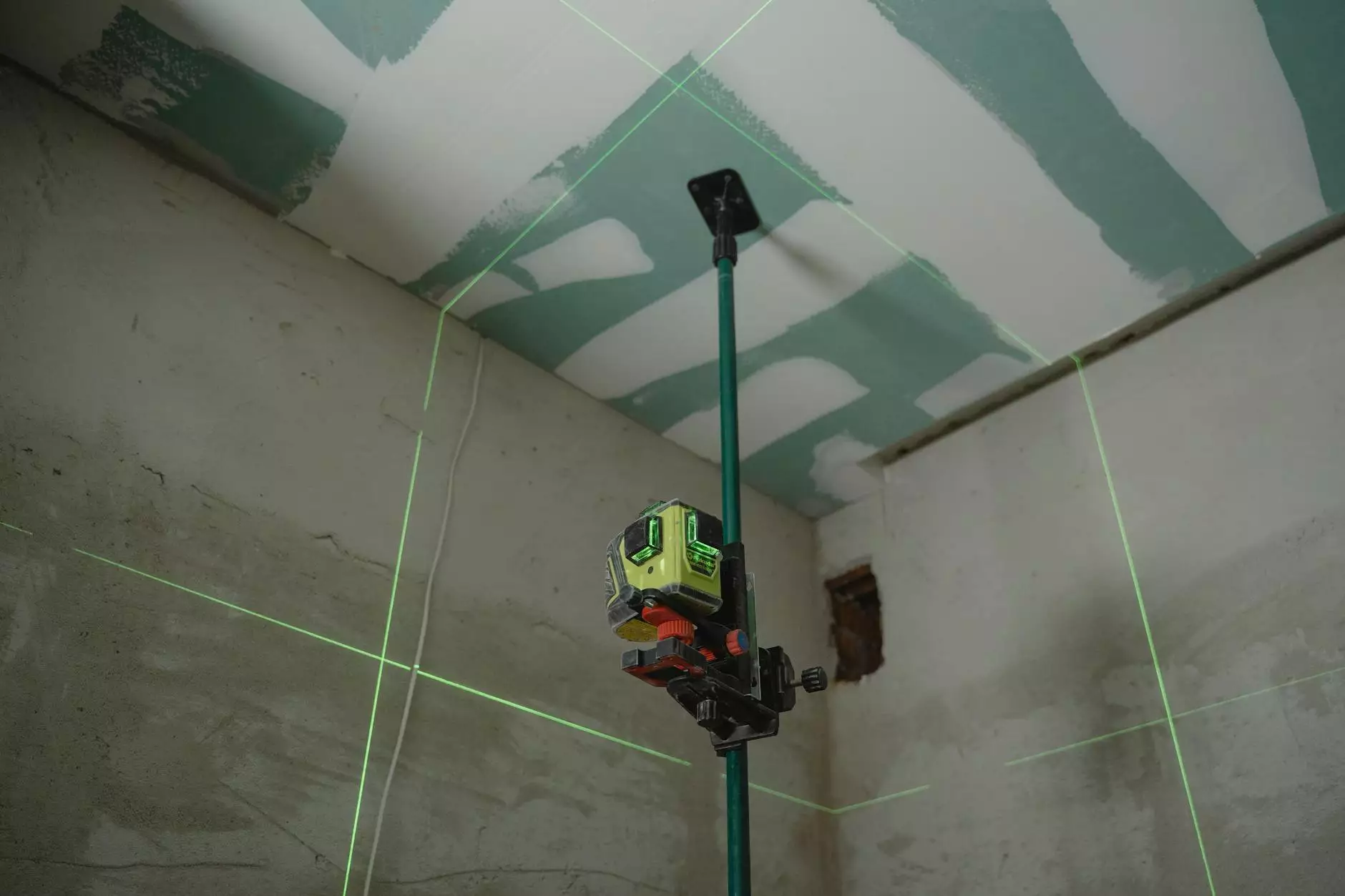What is the Difference Between Tendinitis and Tendinosis?

In the world of health and medical issues, understanding the complexities of various conditions is crucial for effective treatment and management. Among these conditions, the confusion surrounding tendinitis and tendinosis is quite common. Both are related to the tendons, which are the fibrous tissues that connect muscle to bone, but they represent distinct problems. This article will delve deep into the differences between these two conditions, their symptoms, causes, treatments, and management strategies, ensuring you have a comprehensive understanding.
Defining Tendinitis and Tendinosis
To appreciate the differences between these two conditions, we first need to define them.
Tendinitis
Tendinitis is an acute condition characterized by the inflammation of a tendon. This inflammation can cause pain and restrict movement, making activities difficult. Commonly affected areas include the shoulder, elbow, wrist, knee, and Achilles tendon. Tendinitis is often the result of:
- Overuse: Repeated motions can irritate the tendon.
- Age: With age, tendons become less flexible and more prone to injury.
- Injury: A sudden impact or trauma can also lead to tendinitis.
Tendinosis
In contrast, tendinosis refers to a chronic condition stemming from the degeneration of the tendon’s collagen fibers, typically due to repetitive stress over time. Unlike tendinitis, tendinosis is not characterized by inflammation but by structural tendons changes. This can lead to pain, stiffness, and decreased strength. Causes of tendinosis include:
- Chronic overuse: Continuing to stress the tendon despite pain can lead to degeneration.
- Aging: The natural wear and tear of tendons can result in tendinosis.
- Improper training techniques: Athletes or individuals who do not use proper form are more susceptible.
Symptoms: How to Differentiate Tendinitis and Tendinosis
Symptoms of tendinitis and tendinosis can be similar, which adds to the confusion in distinguishing between the two. However, there are notable differences in their symptoms that can help.
Symptoms of Tendinitis
- Pain: This is often sharp and appears suddenly, especially with movement.
- Swelling: The affected tendon may appear swollen due to inflammation.
- Tenderness: The area around the tendon is often sensitive to touch.
- Stiffness: Limited mobility may be observed, particularly in the morning or after inactivity.
Symptoms of Tendinosis
- Aching or pain: This is dull and persists over time, typically worsening with activity.
- Stiffness: Symptoms can increase after periods of inactivity or following exercise.
- Reduced strength: There may be difficulty in performing tasks that require strength from the affected area.
- Thickening of the tendon: The tendon might feel thicker to the touch due to degeneration.
Diagnosis: Recognizing the Conditions
Diagnosing whether a patient is experiencing tendinitis or tendinosis involves a combination of methods:
- Medical history: A thorough medical history helps in identifying previous injuries and activities that may have contributed to the condition.
- Physical examination: A healthcare professional will assess the affected area for signs of tenderness, swelling, and mobility limitations.
- Imaging tests: X-rays, ultrasounds, or MRIs can provide detailed insights into the tendon’s structure, helping to confirm a diagnosis.
Treatment Options for Tendinitis and Tendinosis
Both conditions require different treatment approaches, reflecting their distinct natures.
Treatment for Tendinitis
Typically, the treatment for tendinitis focuses on reducing inflammation and relieving pain:
- Rest: Avoiding aggravating activities allows the tendon to heal.
- Icing: Applying ice can reduce swelling and pain.
- Physical therapy: A tailored physical therapy program can help restore mobility and strength.
- Medications: Nonsteroidal anti-inflammatory drugs (NSAIDs) can help alleviate pain.
- Corticosteroid injections: In some cases, injections may be utilized to decrease inflammation.
Treatment for Tendinosis
In treating tendinosis, the focus shifts towards rehabilitating the tendon and reversing degenerative changes:
- Gradual rehabilitation: A slow and progressive increase in activity helps to build strength without stressing the tendon.
- Physical therapy: Specific exercises targeting flexibility and strength in the area are crucial.
- Shockwave therapy: This treatment can stimulate blood flow and promote healing.
- Nutritional support: Adequate nutrition, including collagen and vitamin C, may support tendon health.
- Surgery: In severe cases where conservative measures fail, surgical intervention may be necessary to repair the tendon.
Prevention Strategies
Both tendinitis and tendinosis can often be prevented by adopting proper techniques and lifestyles:
- Warm-up and cool down: Always begin and end physical activity with proper stretching.
- Avoid repetitive motions: When possible, diversify activities to prevent overuse injuries.
- Strength training: Regularly strengthening muscles around the joints can provide greater support and reduce strain on tendons.
- Listen to your body: Heed warning signs from your body and rest when necessary.
- Proper footwear and equipment: Ensure that any gear used is appropriate and provides the necessary support for activities.
When to Seek Medical Attention
If you suspect that you may have either condition, it is important to consult a medical professional. Notably, if you experience:
- Persistent pain: Pain that does not improve with rest or worsens with activity.
- Severe swelling: Significant swelling that does not subside may signal a serious issue.
- Loss of function: Difficulty in using the affected limb or joint.
- Visible deformities: Changes in shape or structure of the joint or tendon.
Conclusion
Understanding the differences between tendinitis and tendinosis is paramount for anyone suffering from tendon-related issues. By recognizing the symptoms, undergoing appropriate diagnosis, and engaging in suitable treatment and prevention strategies, individuals can effectively manage these conditions. Always prioritize communication with a healthcare provider to ensure the best outcomes in your recovery journey.
For more information on tendon health, treatment options, and education on maintaining a healthy lifestyle, visit IAOM-US, where professionals dedicate their knowledge and experience to guide you towards better health and wellness.
what is the difference between tendinitis and tendinosis








